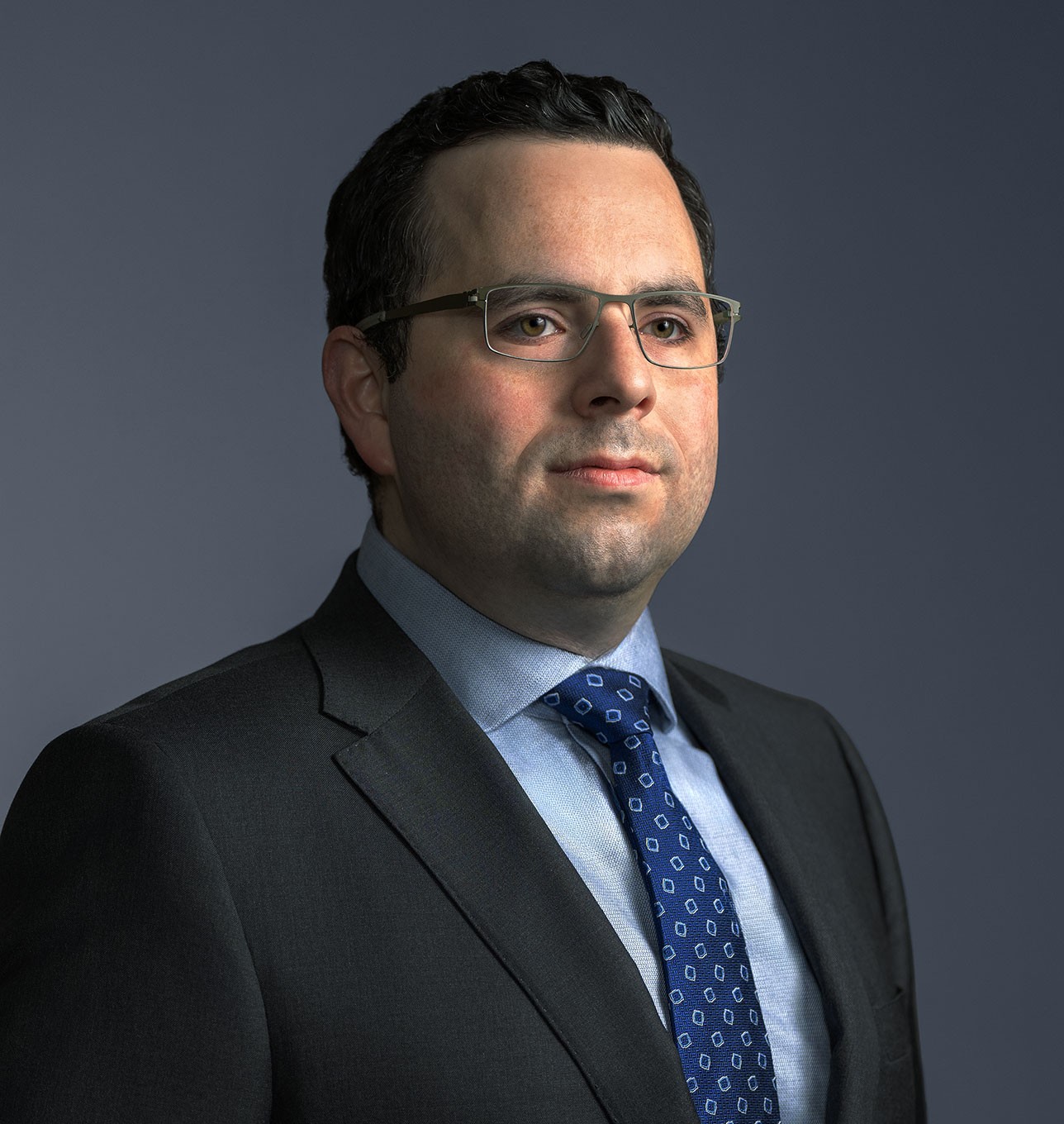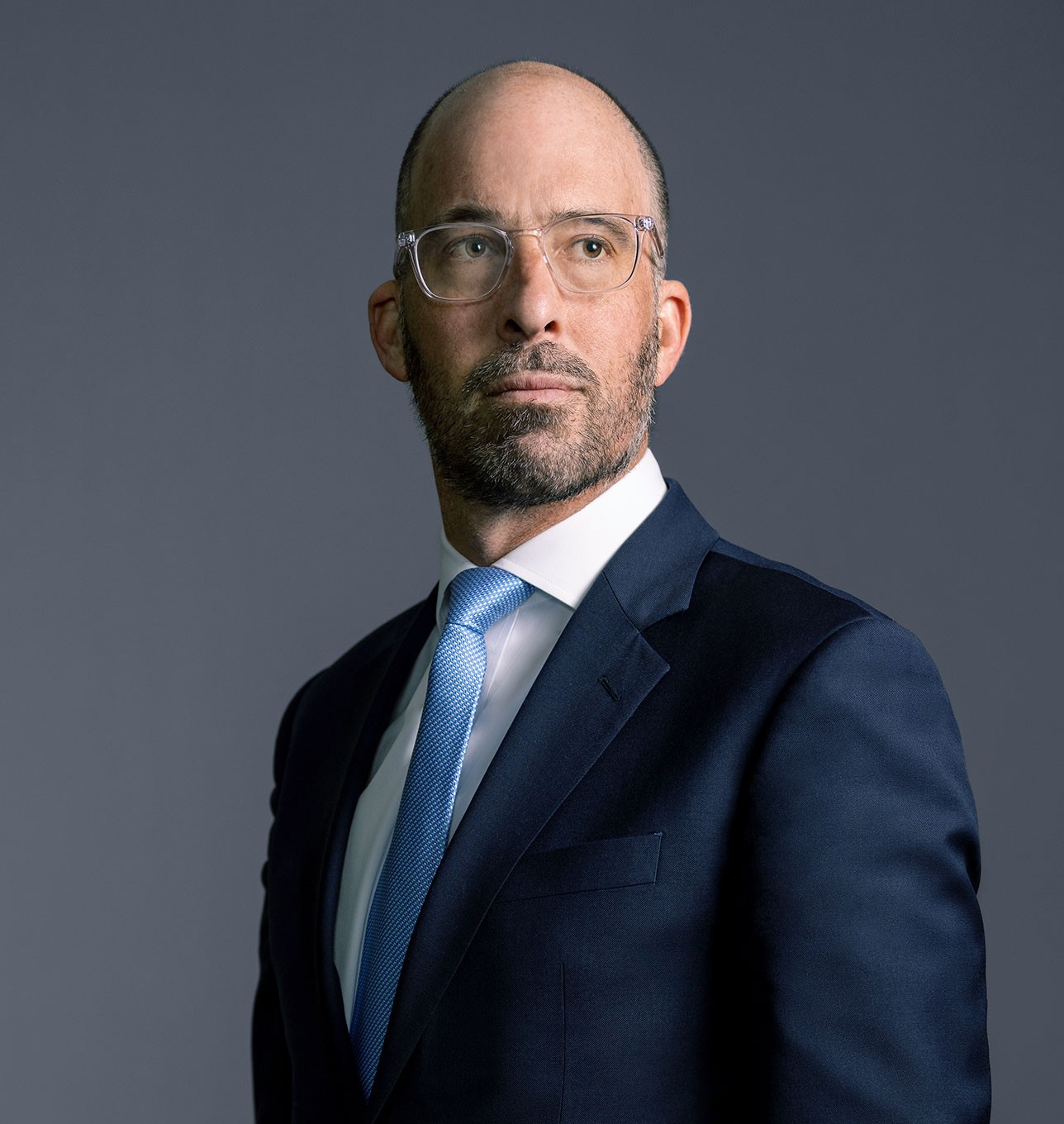Expanded Safe Harbor? Samson Resources Suggests Debtor’s Status Can Preclude Avoidance of Fraudulent Transfers
Section 546(e) of the US Bankruptcy Code, which Congress enacted to promote stability and finality in financial markets, provides a safe harbor against the avoidance of certain securities transactions. Since the safe harbor’s inclusion in the original Bankruptcy Code, Congress repeatedly has expanded its protections to a growing assortment of financial transactions involving an increasing array of parties, whose involvement in the transaction may give rise to a defense to certain avoidance actions, including constructive fraudulent transfer claims.
In a recent decision arising out of the Samson Resources Chapter 11 case in Delaware, the bankruptcy court interpreted the safe harbor to protect securities transactions in which the qualifying transaction party—there, a statutorily defined “financial participant”—that allows the defendant to invoke the safe harbor was not the defendant, but its counterparty, the debtor itself.1 The fraudulent transfer litigation challenging the 2011 leveraged buyout (LBO) of Samson from its shareholders remains ongoing, but the court’s conclusion that securities transactions with a debtor in which the debtor itself is the “financial participant” may be protected from avoidance could mean that more recipients of transfers in failed LBOs, and similar transactions, are protected from avoidance claims.
LBOs and Fraudulent Conveyances
A typical LBO, at its most basic terms, involves an acquiring entity financing the acquisition of a target company by incurring significant debt that is secured by the assets being acquired, including, often, future earnings. Through a series of transactions, the proceeds of the acquisition financing are paid to the target’s shareholders in exchange for their equity in the target. The acquisition loan is often also backed by other guarantees or commitments from the acquirer, the target company, and their affiliates.
If the LBO target subsequently files Chapter 11 bankruptcy, the deleveraging process necessary to allow the business to emerge with a sustainable balance sheet often means that unsecured creditors are not paid in full, while the LBO financing providers, as secured creditors, are made whole or close to it. Because the result of the series of LBO transactions is effectively that the claims of former equity holders are replaced with secured claims senior to existing unsecured creditors, those creditors or their representatives often seek to challenge the transfer to obtain a greater recovery. Specifically, these transactions oftentimes are challenged under Section 548(a)(1)(B) of the Bankruptcy Code and analogous state law on the basis that the LBO was constructively fraudulent because the debtor was insolvent at the time of the LBO and because the LBO transaction, as a whole, did not result in the debtor itself receiving reasonably equivalent value.2
Section 546 of the Bankruptcy Code imposes limits on an estate representative’s ability to prevail on these constructively fraudulent conveyance claims. Of particular relevance in the context of LBOs, Section 546(e) prevents the estate representative from avoiding certain payments made to, by, or for the benefit of “financial participants” and other specified types of financial entities in connection with securities contracts.3
The Samson LBO and Related Transactions
Before 2011, Samson Investment Company was a family-owned Oklahoma business that engaged in oil and gas exploration and production. The Schusterman family, who owned and controlled Samson, began marketing the company for sale in 2011. In the fall of 2011, these marketing efforts resulted in an offer by an outside investor group to acquire Samson for more than $7 billion.
That November, the investor group, Samson’s existing shareholders, and the newly-created, investor-owned Samson Resources Corporation entered into a stock purchase agreement (SPA) to effectuate the sale of Samson. Under the SPA, the selling shareholders’ stock in Samson Investment was either repurchased and then transferred, or sold directly, to Samson Resources in exchange for which the shareholders received $6.3 billion in cash and $180 million in preferred stock in Samson Resources.
The transactions were financed by a combination of secured and unsecured debt financing and equity investments. The secured debt took the form of a $2.25 billion first-lien facility made to Samson Investment, of which $1.345 billion was drawn on the LBO closing date. Samson Resources and a number of subsidiaries guaranteed the facility, which was also secured by pledges of the stock of Samson Investment and the subsidiary guarantors, real property mortgages on oil and gas properties, and security interests in tangible and intangible personal property.
The remaining financing consisted of a $2.25 billion unsecured bridge facility to Samson Investment, $180 million in preferred stock, and $4.145 billion in equity capital provided to Samson Resources by the investor group.
In connection with the SPA and the LBO, Samson entities also transferred ownership of certain Gulf Coast and offshore assets, which were excluded from the investor group’s purchase offer, to three of Samson Investments’ subsidiaries. The equity in the three subsidiaries was then transferred to entities indirectly owned by Samson Investments’ pre-LBO shareholders in exchange for the discharge of about $553 million of subordinated debt that Samson Investments owed to the selling shareholders.
Samson’s 2015 Bankruptcy and Subsequent Fraudulent Transfer Litigation
In the 18 months following the LBO, Samson obtained a $1 billion second-lien facility secured by substantially the same assets as the first-lien facility, the proceeds of which were largely used to pay down the first-lien facility. But even with the remaining cash, and following asset sales that were used to pay down the first-lien facility, Samson faced challenges as natural gas prices declined over the next several years. By August 2015, Samson elected not to make a $110 million interest payment on its unsecured debt, instead commencing a voluntary Chapter 11 bankruptcy filing.
A year and a half later, in February 2017, the bankruptcy court confirmed Samson’s Chapter 11 plan of reorganization, which provided that the first-lien claims would be made whole while unsecured claims would receive around seven cents on the dollar and equity would be wiped out. The plan also provided for the creation of a settlement trust, which would be entitled to prosecute causes of action, specifically including any fraudulent transfer claims relating to the 2011 LBO against the pre-LBO shareholders, for the benefit of unsecured creditors.
The trustee of the settlement trust filed an adversary proceeding against the pre-LBO shareholders of Samson and other parties for avoidance and recovery of certain transfers related to the 2011 LBO. First, the complaint sought avoidance and recovery of the $6.3 billion in cash paid to former shareholders of Samson for the purchase or redemption of their stock. Second, the complaint sought avoidance and recovery of the asset transfers related to the LBO that are described above.
Following motions to dismiss, the Supreme Court’s intervening Merit Management decision,4 and motions for summary judgment on the basis of the plan releases, the former shareholders obtained leave to move for summary judgment on the basis of the Section 546(e) safe harbor, and the settlement trustee filed a cross-motion for summary judgment on the same basis.
The Safe Harbor
Section 546(e) of the Bankruptcy Code provides that the “the trustee may not avoid a transfer that is . . . made by or to (or for the benefit of) a . . . financial participant . . . in connection with a securities contract.” The parties did not dispute that the SPA was a securities contract under Section 546(e), so the only issue before the court in terms of the scope of the safe harbor was whether Samson Investment and the other debtor parties to the SPA constituted “financial participants” for the purpose of the safe harbor. If those debtors qualified as financial participants for safe harbor purposes, the defendants contended, the LBO transactions would be protected from avoidance. The trustee, in contrast, argued that debtors, as a matter of law, were excluded from the definition of “financial participant.” This would mean that the transactions were not protected, and the trustee, potentially, could rely on the constructive fraudulent transfer provisions of the Code to attempt to recover the $6.3 billion in LBO proceeds from Samson’s former shareholders.
The Bankruptcy Code defines a financial participant to include an entity that, at the time it enters into a securities contract, has one or more agreements (including securities contracts, swap agreements, and other derivatives) “with the debtor or any other entity” with a total gross dollar value of at least $1 billion in notional or actual principal amount outstanding or has $100 million in gross mark-to-market positions in such agreements.5 The question before the court was whether Samson Resources, by virtue of its swap agreements in excess of the required amount, and the other debtors, by virtue of their guarantees of the swap agreements, could be considered financial participants even though they were debtors and not third-party financial participants.
Supporting the trustee’s position was a recent decision from the Southern District of New York. In the fraudulent conveyance litigation relating to the Tribune Company’s LBO and subsequent bankruptcy, that court held that the definition of “financial participant” excluded debtors, even if they otherwise met the statutory requirements.6 Relying on its plain reading of the statute, the court held that debtors could not be considered financial participants because that would make redundant the term “the debtor” where the definition of “financial participant” refers to “the debtor or any other entity.”7 In other words, in the court’s view, if the meaning of “financial participant” included the debtor, it would not make sense for the statute to refer to transactions with “the debtor” or others.
In Samson, however, the court disagreed with the trustee’s position and the Tribune court’s decision and held that debtors could be considered financial participants, and so LBO transactions like those at issue could be protected by the safe harbor for securities contracts.8 In the Samson court’s reading of the Bankruptcy Code, the text and context clearly included debtors in the definition of “financial participant.” Supporting its determination, the court noted that the definition of the term “financial participant” does not expressly exclude debtors from its scope, even while the closely related definitions of “swap participant” and “repo participant” are limited on their face to non-debtor parties.9 Although the court concluded that the definition of “financial participant” was unambiguous, and so it was improper to look beyond the text of the Bankruptcy Code, the court also opined that the legislative history of the safe harbor, discussing the need to minimize displacement in commodities and securities markets, supported the holding.10
Takeaways
The Samson litigation is ongoing, and the decision above would be subject to appellate review depending on the outcome of the litigation. Nevertheless, the court’s ruling on the definition of “financial participant” and the scope of the safe harbor, should it remain good law, may prove to have significant implications, both for the protection of LBOs and similar transactions, against avoidance as fraudulent conveyances, and for transaction planning at the outset of LBOs. In particular, the large dollar amount of derivatives required for a debtor to fall within the definition of a “financial participant” means that LBO transactions involving larger debtors may be more readily protected by the safe harbor than transaction with smaller debtors and that the safe harbor may be easier to invoke for debtors in industries, such as oil & gas, where companies tend to be party to sizeable swaps, hedges, and other derivatives contracts.
1 Kravitz v Samson Energy Co., LLC (In re Samson Resources Corp.), No. 15-11934 (BLS), 2020 WL 7700693, at *7 (Bankr. D. Del. Dec. 23, 2020).
4 See Merit Management Group, LP v. FTI Consulting Inc., 138 S. Ct. 883 (2017) (holding that the relevant transaction for safe harbor purposes is the overarching transaction that the trustee seeks to avoid, and not any individual component of such transaction such as the transfer of funds through a financial institution as a mere conduit).
6 In re Tribune Co. Fraudulent Conveyance Litig., No. 11MD2296 (DLC), 2019 WL 1771786, at *9 (S.D.N.Y. Apr. 23, 2019).
8 Samson Resources, 2020 WL 7700693, at *7.



